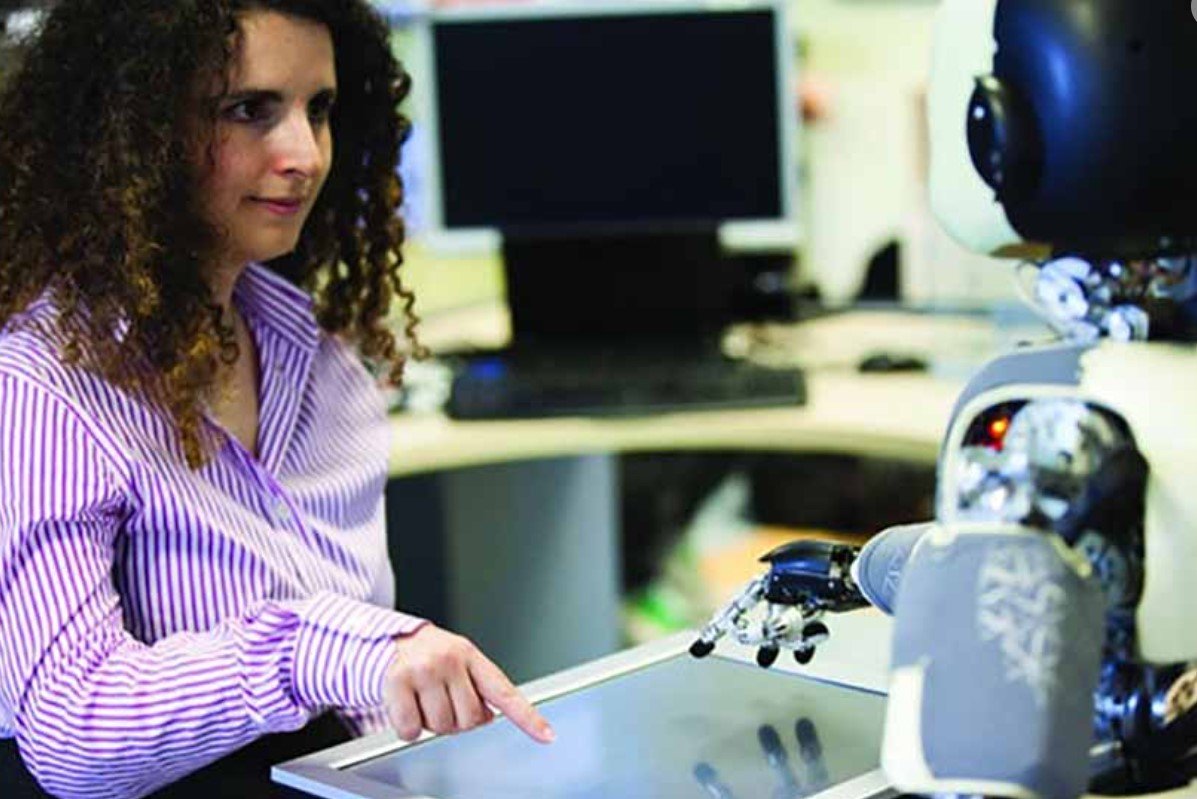In an era where the boundaries between human and machine capabilities are increasingly blurred, collaborative computing emerges as a pivotal concept in shaping the future of work. This synergy of human creativity and machine precision promises to unlock unprecedented levels of productivity and innovation.
The Evolution of Workspaces
The traditional office has undergone a radical transformation, spurred by advances in technology. The rise of digital platforms has enabled seamless communication across continents, fostering a global workforce that transcends physical boundaries. This shift towards a more connected world has necessitated the development of collaborative tools that not only facilitate communication but also augment human intellect with machine efficiency.

The integration of artificial intelligence into collaborative platforms is revolutionizing the way teams approach problem-solving. AI-driven analytics can identify patterns and insights from vast datasets, empowering teams to make informed decisions swiftly. Moreover, the ability to automate routine tasks liberates human workers to focus on creative and strategic endeavors, thus elevating the quality of work.
Redefining Collaboration
As collaborative computing takes center stage, the definition of teamwork is being rewritten. The convergence of diverse skill sets, bolstered by intelligent algorithms, is leading to the formation of ‘superminds’—groups capable of intellectual feats beyond the reach of individual effort. These superminds are not confined to human participants; they extend to include sophisticated algorithms and systems that contribute actively to the collective intelligence.
The concept of a supermind opens up new avenues for tackling complex challenges. By leveraging the complementary strengths of humans and machines, these entities can devise solutions that are both innovative and pragmatic. The potential for growth and advancement in such an environment is immense, as it combines the best of both worlds: the nuanced understanding of humans and the computational power of machines.
The Future of Innovation
Looking ahead, the trajectory of collaborative computing points towards a future where human-machine partnerships are the norm. The fusion of human intuition with machine learning algorithms has the potential to accelerate innovation at an unprecedented pace. In this future, the measure of success for any enterprise will hinge on its ability to harness the collective intelligence of its human and machine collaborators.
The implications of this shift are profound, extending beyond the workplace into society at large. As collaborative computing redefines the landscape of work, it also holds the promise of fostering a more inclusive and equitable world. By democratizing access to information and tools, it paves the way for a future where anyone, regardless of location or background, can contribute meaningfully to the global discourse.



































